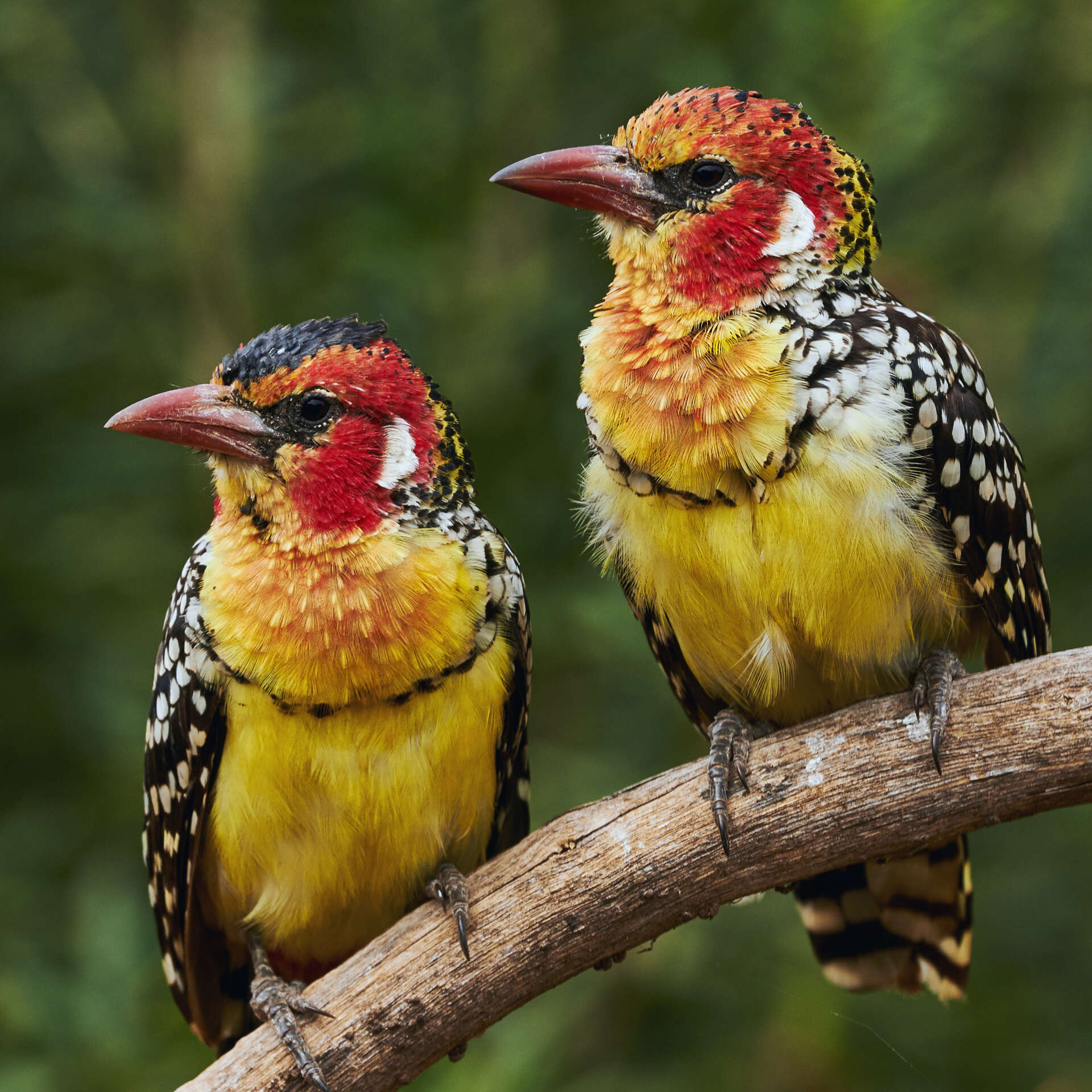Summary of A new bird species in The Living Treehouse!:
Zoo Atlanta welcomes spring with activities such as providing nest materials for spring breeders, caring for chicks, and transitioning birds to new habitats. Notably, the zoo introduced a pair of red and yellow barbets, native to East African forests, riverines, and grasslands, to the public. These birds, not currently threatened globally, came from different U.S. zoos in October and have been gradually acclimated to each other and their new environment. They exhibit breeding behaviors and are now housed in The Living Treehouse aviary, with hopes of successful breeding shortly. The Bird Team at Zoo Atlanta is excited for visitors to experience these vibrant birds and their distinct behaviors.
– Introduction of the red and yellow barbet to Zoo Atlanta’s Living Treehouse
– Adaptation strategies for newly added bird species in zoo environments
– Breeding behaviors and conservation implications for the red and yellow barbet
– Engaging the public in wildlife conservation through zoo exhibits
—
Zoo Atlanta recently welcomed a captivating new species to its Living Treehouse exhibit, the red and yellow barbet. These vibrant birds, originating from East African forests, riverines, and grasslands, are an exciting addition to the zoo, reflecting a committed effort towards bird conservation and educational outreach. Their arrival marks a significant event, as it allows the public to learn about a species that, while not globally threatened, plays an integral role in its native ecosystem.
The successful introduction of the red and yellow barbet into a zoo environment involves several critical strategies. Firstly, a thorough understanding of the species’ natural habitat and behaviors is essential. Given their preference for warmer climates, Zoo Atlanta’s Bird Team provided the barbets with a temperature-controlled behind-the-scenes habitat upon arrival. This careful adaptation strategy ensures the birds’ health and well-being as they acclimate to their new surroundings.
Breeding behavior in captivity is a complex process that requires careful observation and intervention from the zoo’s bird experts. The red and yellow barbet, with a breeding season stretching from March to September, demonstrates a fascinating array of behaviors, from singing to digging in their nests. These behaviors are intriguing from a zoological perspective and crucial for the species’ future conservation. By facilitating these natural behaviors, Zoo Atlanta contributes to the broader efforts of wildlife conservation and genetic diversity, ensuring the species’ longevity.
Introducing the red and yellow barbet at Zoo Atlanta serves a dual purpose. Beyond the conservation and breeding efforts, it provides an invaluable educational opportunity. Visitors to the Living Treehouse can observe these birds up close and learn about their native habitats, behaviors, and challenges in the wild. This direct engagement is a powerful tool for raising awareness about wildlife conservation and protecting natural habitats.
Educating the public through exhibits like the Living Treehouse connects zoo visitors and the natural world. By showcasing the red and yellow barbet, Zoo Atlanta fosters a deeper understanding and appreciation for wildlife, encouraging conservation efforts beyond the zoo’s borders. Through careful planning, expert care, and a commitment to conservation, introducing the red and yellow barbet to Zoo Atlanta’s Living Treehouse is more than just an exhibit update; it’s a step forward in the global effort to conserve our planet’s incredible biodiversity.


